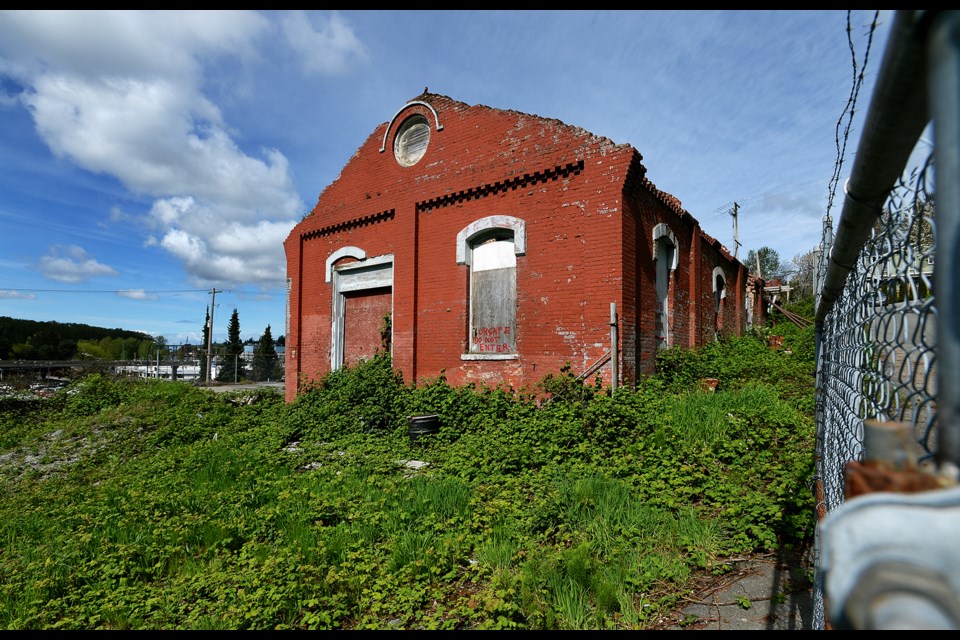A lasting reminder of New Westminster’s industrial history is set to be demolished.
On Monday, council endorsed the demolition process for the Gas Works Building at 231 12th St. A portion of the 1886 building’s roof caved in in March 2016 and it’s felt the building can’t be saved.
“That is not possible,” said Jackie Teed, the city’s acting director of development services. “In fact, the owner of the building - the province - is requesting a demolition permit because the building is currently not structurally sound and there are people camping on the site, there is access to the site, and there are life-safety issues.”
A staff report states that the province is concerned someone could be injured or die if the building collapses, and has asked the city to issue a demolition permit so it can be quickly and safely removed. Concerns have also been raised about the safety of first responders if the building were to collapse and they had to search for inured people in the rubble.
“As a heritage issue, it’s tragic,” said Coun. Jaimie McEvoy. “It’s just tragic that it’s reached a point where it could fall down on somebody, and attempts to preserve some bigger portions of it would probably result in collapse.”
The Gas Works building is deemed to have high heritage value, both locally and provincially, because it’s the oldest remaining industrial building in New Westminster and one of only three similar structures in B.C. As part of the demolition application, the city is asking the province to provide substantial documentation of the building before it’s demolished.
“This would include photographs, dimensioned drawings and a survey of the building footprint,” said the staff report. “Additionally, the province would be asked to notify the city’s museum and archives in the event that any historic artefacts were uncovered during the demolition process.”
Usable bricks will be retained and stored on-site so they can be repurposed on the site when its developed in the future.
“The proposal is that in addition to creating the heritage record, that approximately 2,000 bricks from the building would be saved,” Teed said. “Those bricks would be repurposed on-site to create some kind of commemorative structure as part of the public park that’s intended to be a portion of the site.”
Through the years, the city and the province have discussed the fate of the building, including the province transferring the property to the City of New Westminster as a free Crown land.
“It’s just sad,” McEvoy said. “This is an issue that has been in our community for so many years. There were previous times when it was offered to the city and got caught up in the issue of who pays for the pollution. … I think it’s a tragedy that it’s gotten to this point. I really do.”
Maureen Arvanitidis, a member of the New Westminster Heritage Preservation Society’s board of directors, urged the city to consider whether there could be another option for the site.
“I think it is a building we have always wanted to see saved. One thing that I’m not clear on is whether you have considered selling the property to a reputable developer and giving them lots of incentives to retain at least a portion of the building, if not all of the building. I know it’s not your building and it belongs to the province,” she said. “I do think that before you actually approve the demolition that you look at private interests as well as an option.”



